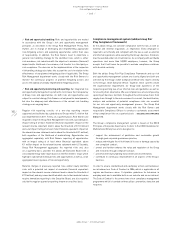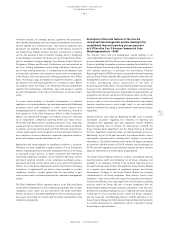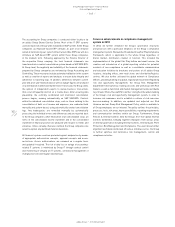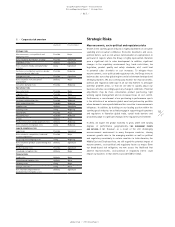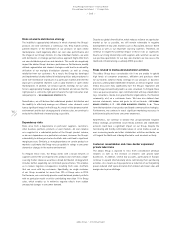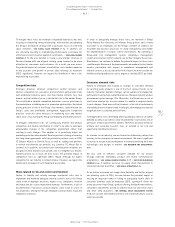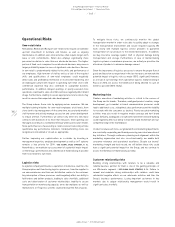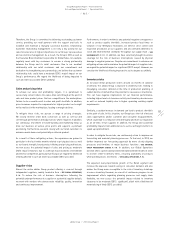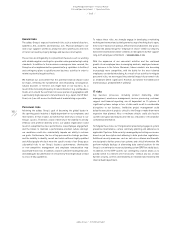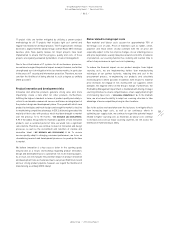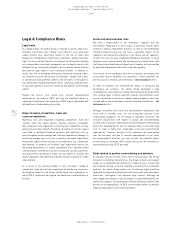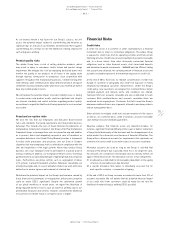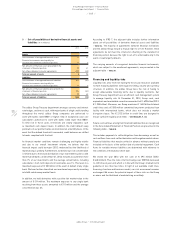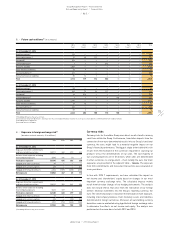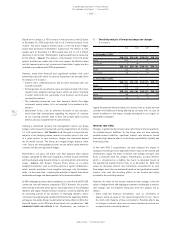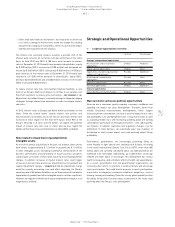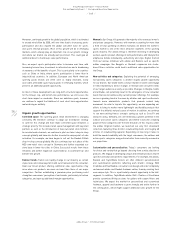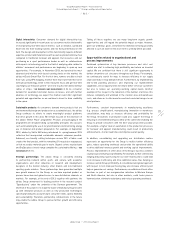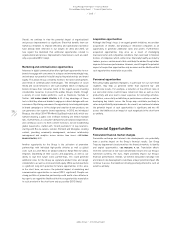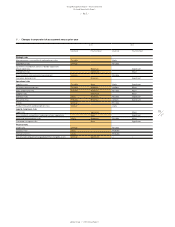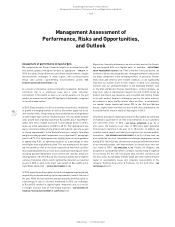Reebok 2013 Annual Report Download - page 174
Download and view the complete annual report
Please find page 174 of the 2013 Reebok annual report below. You can navigate through the pages in the report by either clicking on the pages listed below, or by using the keyword search tool below to find specific information within the annual report.
adidas Group
/
2013 Annual Report
Group Management Report – Financial Review
170
2013
/
03.5
/
Risk and Opportunity Report
/
Legal & Compliance Risks
Legal & Compliance Risks
Legal risks
As a global player, the adidas Group is exposed to various legal risks,
including contractual risks, liability risks related to non-contractual
subject matters (e.g. advertising claims) or the risk of claims and
litigation for infringement of third-party trademarks, patents and other
rights. To avoid contract breaches and prevent the Group from entering
into unfavourable contractual agreements, we continually monitor the
fulfilment of our contractual obligations and constantly involve internal
and external legal experts in all contractual matters. In addition, to
reduce the risk of infringing third-party intellectual property rights,
we carefully research new product technologies, designs and names
to identify and avoid potential conflicts with the rights of third parties.
Our Intellectual Property department drives continuous enhancements
in our patent portfolio, and in the reviewing and analysis of third-party
patents.
Despite the process and system (e.g. contract management)
improvements we made in 2013, we view the potential impact as
significant should these risks materialise (2012: major) and believe that
the likelihood of materialising is possible.
Risks related to competition, trade and
customs regulations
Numerous laws and regulations regarding competition, trade and
customs affect the adidas Group’s business practices worldwide.
Non-compliance with regulations concerning fair competition, pricing,
advertising or product imports (including calculation of customs values)
could lead to substantial financial penalties and additional costs as
well as negative media coverage and therefore reputational damage. To
proactively manage such risks, we constantly seek expert legal advice
and provide subject matter training to our employees (e.g. competition
law training). In addition, our internal Legal department advises the
marketing departments to ensure appropriate and compliant brand
communication. Furthermore, we work closely with customs authorities
and governments worldwide to make sure we adhere to customs and
import regulations and obtain the required clearance of products to fulfil
sales demand.
As a result of the growing number of and continuous change in
competition, trade and customs regulations worldwide, we now assess
the potential impact on the Group, should these risks materialise, as
major (2012: significant) and regard the likelihood of materialising as
possible.
Social and environmental risks
We have a responsibility to our employees, suppliers and the
environment. Malpractice in these areas, in particular human rights
violations, dubious employment practices as well as environmentally
harmful production processes can have a significant impact on the
reputation and operational efficiency of our Group and our suppliers.
To limit this risk, we have established Workplace Standards to which
suppliers must conform before and during business relationships with
the Group. Internal and external inspections of supplier factories verified
by extensive independent audits are conducted regularly.
In the event of non-compliance with these standards, we develop joint
action plans and set deadlines for compliance. If these deadlines are
not met, business relations are terminated
/
SEE SUSTAINABILITY, P. 111.
In order to minimise the environmental impact of producing and
distributing our products, the adidas Group developed a fully
comprehensive environmental strategy (Environmental Strategy 2015).
This strategy takes a holistic approach towards environmental issues
such as sustainable resource use, climate change mitigation, emissions
to water and air, waste treatment as well as hazardous substances.
/
SEE
SUSTAINABILITY, P. 111.
Although we believe that social and environmental malpractice may
occur only in isolated cases, we see increasing corporate social
responsibility obligations for the Group as legislative measures and
consumer expectations with regard to socially and environmentally
sound business practices and behaviour are becoming more demanding.
Due to this development we will, for example, have to cope with rising
costs in order to fulfil more challenging social and environmental
requirements. However, because of the experience we have gained
over the last years and due to constant improvements of our social
and environmental activities, we now consider the potential impact
on the Group as moderate (2012: major) but assess the likelihood of
materialising as likely (2012: possible).
Risks related to product counterfeiting and imitation
As popular consumer brands which rely on technological and design
innovation as defining characteristics, the Group’s brands are frequent
targets for counterfeiting and imitation. To reduce the loss of sales and
the potential damage to brand reputation resulting from counterfeit
products, the adidas Group makes use of extensive legal protection
(generally through registration) and works closely with law enforcement
authorities, investigators and external legal counsel. Although we
have stepped up measures such as product security labelling with our
authorised suppliers, the development of these measures remains a key
priority on an ongoing basis. In 2013, around twelve million counterfeit
adidas Group products were seized worldwide.


